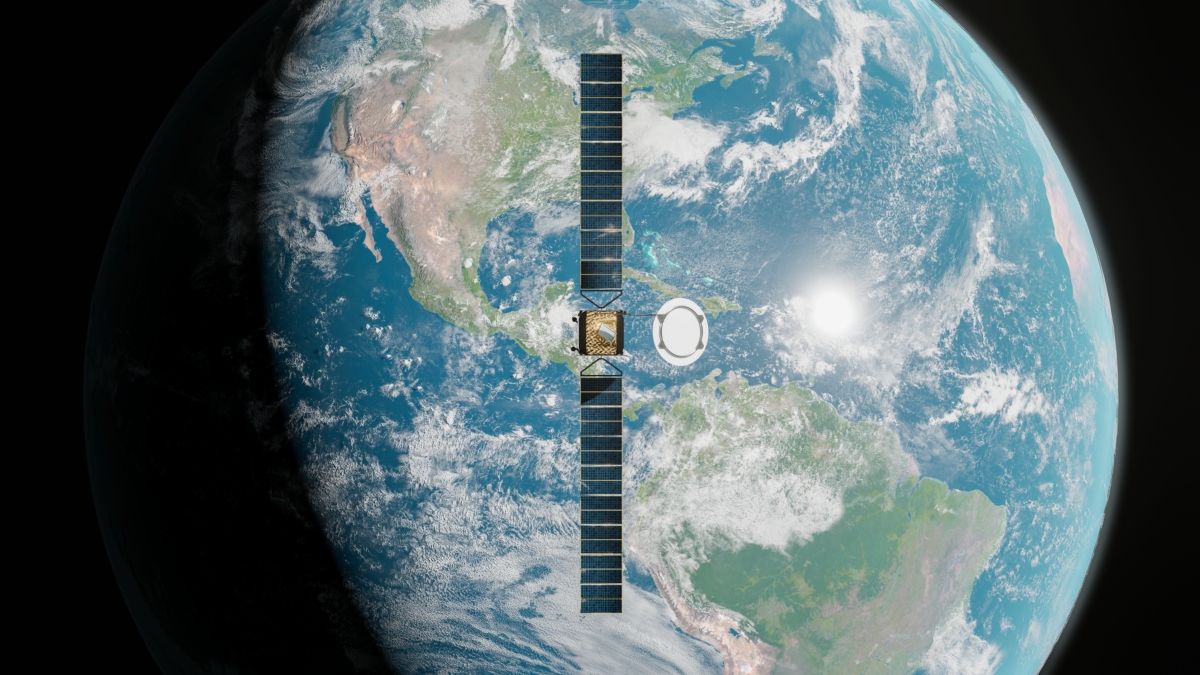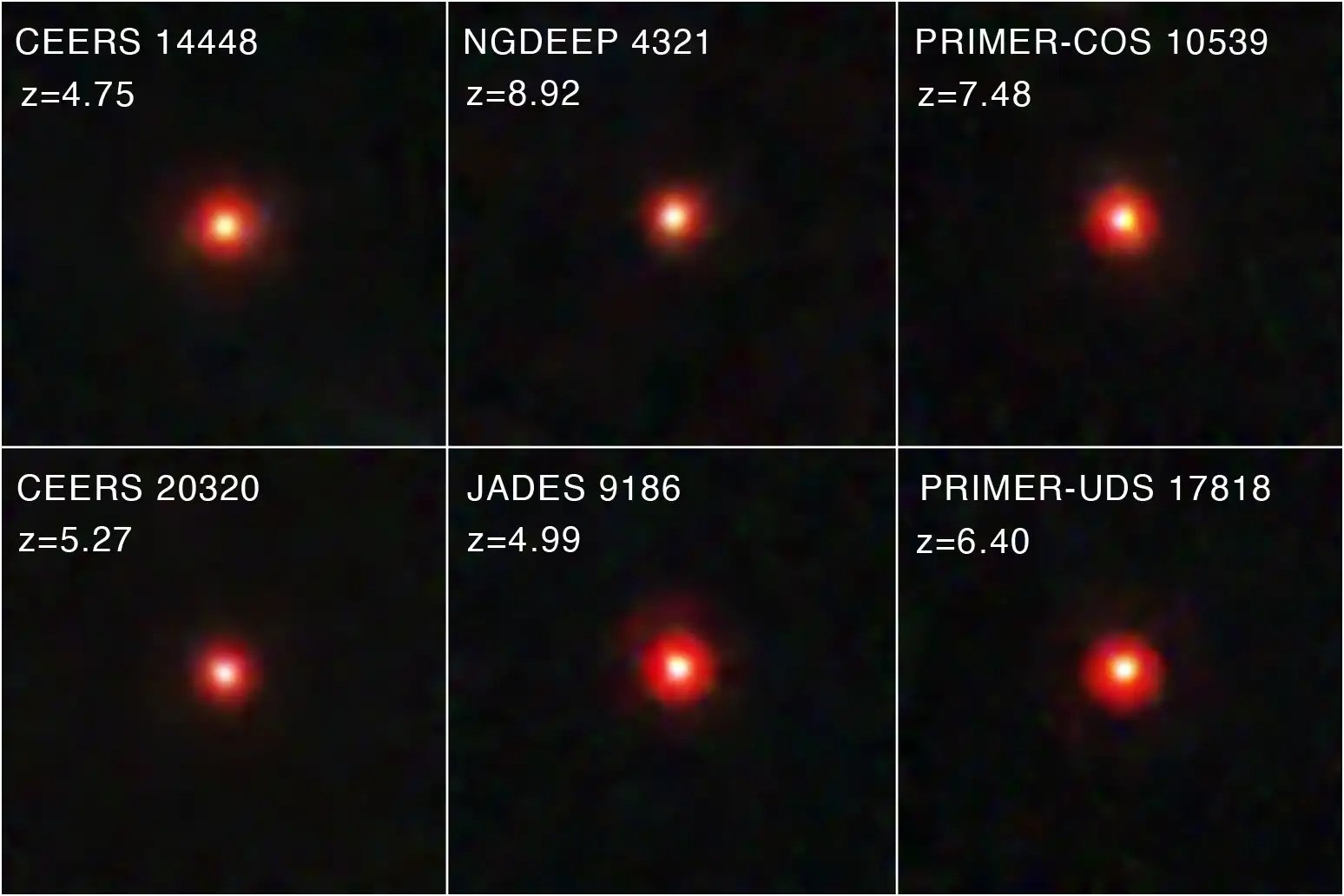Now Reading: Viasat takes aim at the U.S. military satellite market
-
01
Viasat takes aim at the U.S. military satellite market
Viasat takes aim at the U.S. military satellite market


WASHINGTON — Viasat is moving beyond its traditional role as a satellite broadband provider to build customized spacecraft for the U.S. military as the Pentagon looks to tap commercial technology for secure communications in orbit.
The company is capitalizing on its commercial satellite portfolio to compete in the U.S. military and international satellite markets, Craig Miller, president of Viasat Government, told SpaceNews.
Carlsbad, California-based Viasat has designed a dual-band geostationary satellite for the U.S. Space Force’s Protected Tactical Satcom-Global (PTS-G) program, aimed at deploying smaller, jam-resistant satellites built on commercial lines.
“PTS-G is an expansion and a new area for us,” Miller said. “We think this is a really good opportunity for us to move up the value chain and become a payload provider, an actual satellite provider for these military satcom systems.”
Industry competition
This summer, the Space Systems Command awarded initial contracts to Astranis, Boeing, Intelsat, Northrop Grumman and Viasat under a $4 billion 15-year IDIQ (Indefinite Delivery/Indefinite Quantity) agreement.
The first tranche of contracts, totaling $37.5 million, tasks each contractor to submit by early 2026 satellite and ground architecture designs built on their commercial product lines. The first launches for the PTS-G constellation are projected for 2028, with follow-on production and additional launches planned for 2031.
Viasat’s proposal centers on a dual-band X/Ka-band small geostationary satellite architecture. The design draws heavily from the company’s existing commercial technology, particularly its Viasat-3 high-throughput broadband satellites, the newest generation designed for geostationary Ka-band communications. The first of three ViaSat-3 satellites launched in April 2023 and is providing services to military customers in the United States despite a mechanical failure due to its main antenna not deploying correctly. The second Viasat-3 is scheduled to launch in late October.
“PTS-G satellites have to comply with a very specific set of requirements that the Space Force has asked all the bidders to comply with,” said Miller. “Because it’s X and Ka-band, we are using some of the core technology that’s in the ViaSat-3 satellite.”
Viasat created a satellite that can host both X and Ka-band payloads on a single platform, rather than requiring two dedicated satellites to perform those two missions. “I wouldn’t quite call it a mini GEO, but it is a smaller satellite,” Miller said.
Strategic direction
The company’s push toward the defense satellite market represents a strategic recalibration following its 2023 acquisition of Inmarsat, which significantly expanded its fleet of space assets and prompted a shift in business strategy toward the mobility and government markets. That change redirected the company away from plans to develop a Viasat-4 satellite.
For PTS-G, “we are using some of the same payload technology that we developed for Viasat-3 and for a Viasat-4 we had in development that expanded on the capabilities of Viasat-3,” Miller noted.
The company’s small GEO satellite strategy extends beyond a single program. The United Kingdom and Australia are interested in new capabilities in broadband communications that are interoperable with the United States, Miller said. “Other international partners have also reached out to us, basically interested in a similar offering for what we’re doing for PTS-G.”
Viasat has a commercial small GEO satellite offering, called Ultra-GEO, which is aimed at sovereign nations and regional operators that want a turnkey constellation — a complete, end-to-end service that includes building, launching and operating a constellation and ground infrastructure.
Maneuverable satellites
Miller said Viasat also plans to bid for contracts under a new U.S. Space Force procurement called Maneuverable Geosynchronous Orbit Commercial Satellite-Based Services program, or MGEO, intended to tap commercial geostationary small satellites to bolster military communications.
The MGEO program is open to a wide range of services, leaving room for creative business models, Miller said. One concept could be based on so-called “condosats,” where a company launches a satellite with a mix of commercial and defense payloads. “You could use the commercial mission to offset the price of the defense mission,” Miller said. It’s an example of the hybrid business models emerging from the Pentagon’s push toward commercial space solutions.
As part of MGEO, the Space Force is seeking smaller satellites capable of moving between orbital positions to support changing mission needs. A maneuverable satellite typically is defined as one equipped with propulsion and control systems that allow it to deliberately change its orbital trajectory or position in space after deployment. But maneuverable satellites also need to be designed to be “orbital slot agnostic” to enable rapid redeployment, said Miller.
If military forces operating over the European theater suddenly require more coverage over the Pacific, “you could go ahead and move it to a different orbital slot, which takes a couple weeks, but once it lands there, it would be able to function.”
The MGEO program highlights how satellite technology has evolved, Miller said. The company’s first two generations — Viasat-1 and Viasat-2 — were specifically designed to work with a particular coverage area and a specific gateway architecture. “So I would describe those sort of older satellites as not particularly maneuverable.”
But Viasat-3 was designed to be orbit agnostic, he noted. When the first Viasat-3 satellite suffered an nomaly, the company pushed the coverage area farther west than originally planned. The upcoming Viasat-3 F2 was originally intended to operate over Europe, the Middle East and Africa but instead will be placed over the Americas to fill the gap left by Viasat-3 F1.
“Basically any of the three ViaSat-3 satellites can operate in any of the three orbital locations where we had planned to put them,” said Miller. Viasat-3 F3 will cover Asia Pacific, while the Europe, Middle East and Africa regions will receive services from the Inmarsat Global Xpress (GX) satellite network of Ka-band mobile broadband satellites.
Other defense opportunities
Looking ahead, Viasat is eyeing the Golden Dome missile defense program, a multi-layered network of ground and space-based sensors and interceptors capable of detecting, tracking and intercepting missile threats.
Like other satellite communications firms, Viasat anticipates significant bandwidth requirements for Golden Dome’s global command-and-control network and the need to fuse information from many sources and feed it to weapons with minimal latency.
If the system is going to have a space-based layer of interceptors in orbit, said Miller, “it will be a highly proliferated system, and there’s going to be a lot of them … so basically, communications at scale for those interceptors is going to be a key component of Golden Dome. I think we’re very well positioned to do that.”
The company is working on a multi-band, space-based relay communications architecture under NASA’s Communications Services Project to deliver global coverage over the poles, oceans and remote areas using Ka-band and L-band. “That work translates directly to the command and control that’s necessary for a space-based interceptor network,” said Miller. “You’re going to want resilience for this. You can’t put all your eggs in one basket, and so these interceptors are going to have to have multiple communications paths.”
Golden Dome could also leverage the ground infrastructure that companies like Viasat have already built. “Not all comms are space to space, some of it might be space to ground,” Miller added. The government will not have years to build out new infrastructure, he said, and will need to tap what already exists.
Viasat intends to compete in a Golden Dome tech demonstration planned by the Space Systems Command, where companies are being asked to develop radio communications terminals to establish satellite-to-satellite links between a communications satellite and a mock space-based interceptor. The radios must operate in the L- and S-band spectrum and use Link-182.
“We are familiar with Link-182,” said Miller, describing it as a data link standard for the MILNET network. “We can provide ground infrastructure and support for that. And we do have a solution for a space-based platform that can host Link-182.”The nascent MILNET program is a planned constellation of communications data-relay satellites built by SpaceX that will be owned and operated by the U.S. Space Force.
Stay Informed With the Latest & Most Important News
Previous Post
Next Post
Previous Post
Next Post
-
 012024 in Review: Highlights from NASA in Silicon Valley
012024 in Review: Highlights from NASA in Silicon Valley -
 02Panasonic Leica Summilux DG 15mm f/1.7 ASPH review
02Panasonic Leica Summilux DG 15mm f/1.7 ASPH review -
 03How New NASA, India Earth Satellite NISAR Will See Earth
03How New NASA, India Earth Satellite NISAR Will See Earth -
 04And Thus Begins A New Year For Life On Earth
04And Thus Begins A New Year For Life On Earth -
 05Astronomy Activation Ambassadors: A New Era
05Astronomy Activation Ambassadors: A New Era -
06SpaceX launch surge helps set new global launch record in 2024
-
 07Space Force plans new ‘Futures Command’ amid pressure to speed up modernization
07Space Force plans new ‘Futures Command’ amid pressure to speed up modernization



















